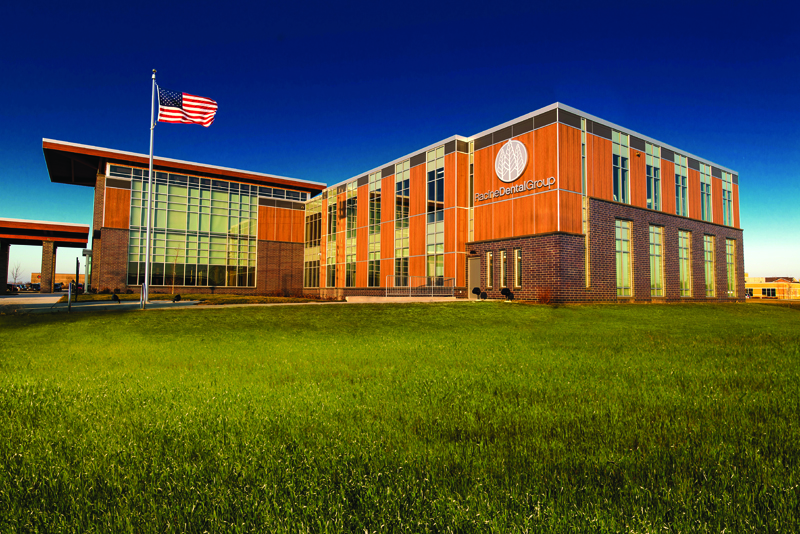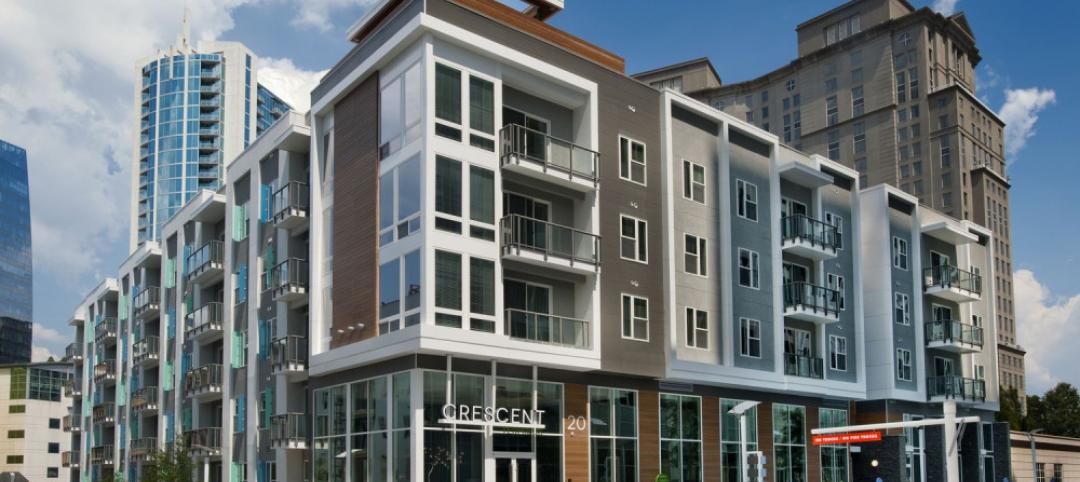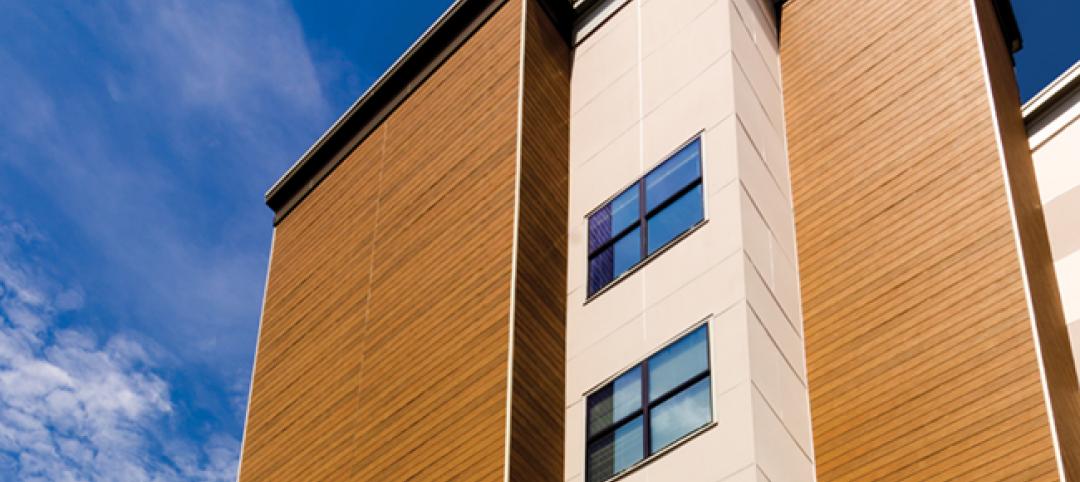Wood has been in use as both a structural and decorative material for thousands of years. Ironically, the properties that make it perform heroically as a structural material—high flexural strength, moderate compressive strength, light weight, easy cutting and shaping, availability of members with large cross-sections—contribute very little to its performance as a decorative material. Particularly when used as exterior cladding, the performance aspects that dominate seem to be wood’s weaknesses: It dents and cracks easily. It not only expands and contracts with temperature changes (every material does that) but also with humidity changes. It absorbs water and can swell, then shrink, which can lead to warping and splitting. It is vulnerable to rot, mold, mildew, and insects like termites and carpenter ants. Wood often discolors when exposed to the elements, especially direct sunlight, and requires frequent re-treatment to slow the sun’s effects.
But wood looks great. The appearance of wood is not just simply pleasing, it is loved. It gets an emotional response from many people—ordinary people—and not just architects who love materials. An ideal cladding material, then, would be one that looks like wood but with a very different performance: more durable, exterior-friendly, and low-maintenance.
Fiber cement architectural panels fill this need well. Recent advances in simulated wood appearance have resulted in very realistic-looking cladding. Moti Marziano, AIA, an architect with Bay Design in Newport News, Virginia, has specified fiber cement panels on numerous projects over a period of seven years. “With the product [companies are] making today,” he says, “people cannot tell if it’s cedar or fiber cement board. It looks like real wood. The color variegation, texture, tone… It looks really good.”
The performance of fiber cement panels is very un-like wood. Fiber cement, invented in the early 20th century, is a largely mineral-based product, usually consisting of portland cement, sand, and cellulose fiber. The combination of portland cement and sand give it many performance properties similar to concrete: fire-resistant and impervious to UV radiation, rot, mold, or termites. It is dimensionally stable.
As exterior cladding, fiber cement panels are designed as a rainscreen-type system. The cladding repels the majority of bulk water, but it is not expected to be absolutely waterproof. Rather, it stops the momentum of wind-driven rain, which only gets to the backside of the cladding in very small quantities, if at all. Any water that gets through runs down the back and out at the bottom of the wall, and a weatherproof barrier is installed behind the cladding to keep the interior dry. Nichiha’s fiber cement panels are built with a drained and back-ventilated moisture management system, allowing for low moisture absorption and relatively rapid drying following rain events.
Another advantage of fiber cement panels is their sustainability. Wood is a renewable resource, but it is not rapidly renewable, and the rising price of lumber suggests that wood growth is not keeping up with demand. Fiber cement panels from companies like Nichiha, by contrast, contain a high proportion of recycled content, and may contribute to LEED points for Materials and Resources Credit 4, as well as IEQ4.6 under LEED for Schools.
Another advantage over wood is the ease and speed of fiber cement panel installation. Nichiha Vintage Wood panels use a patented installation system that requires no specialized tools or specific trade labor. It features concealed clips and fasteners, allowing an unbroken appearance. The panels attach quickly, saving considerable time and money in construction.
The panels are also low-maintenance, and don’t require sealing or re-treating, with colors that are long-lasting. Marziano cites the low maintenance, and consequent cost savings, as important in his selection of the product. “Cedar is probably about the same price for installation, costs more for the material itself, and the maintenance for wood is much higher. Nichiha’s panels are pretty much maintenance-free. Also, what’s really nice are the colors. Other materials that you paint over, the paint can fade. Buildings I built seven years ago with Nichiha panels look the same today.” Nichiha offers a 15-year finish warranty on its VintageWood panels.
The classic appearance of wood continues to hold an important position in the architectural syntax. The availability of attractive, convincing substitutes with vastly improved performance properties mean we can keep designing with wood while meeting ever-increasing goals for durability, performance, and sustainability.
Related Stories
Sponsored | | Jul 20, 2016
Bringing the Warmth of Wood Back to Design
Among contemporary architecture's hard lines and hard surfaces, wood is the great contrasting element—an element of softness, flexibility, and visual warmth
Sponsored | | May 11, 2016
A Better Wood
Despite more durable materials that have developed over the years, wood remains a desirable part of many commercial buildings









